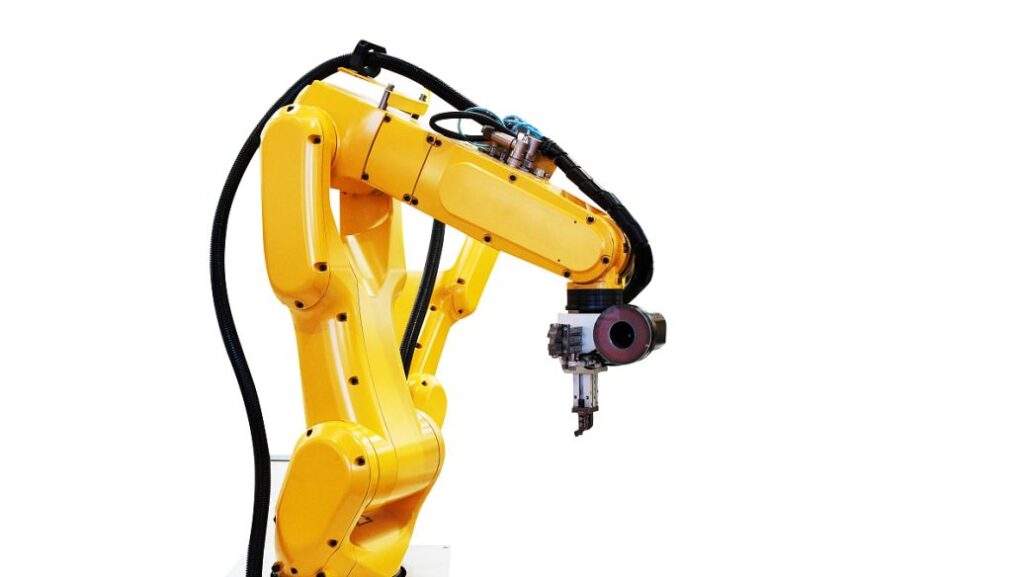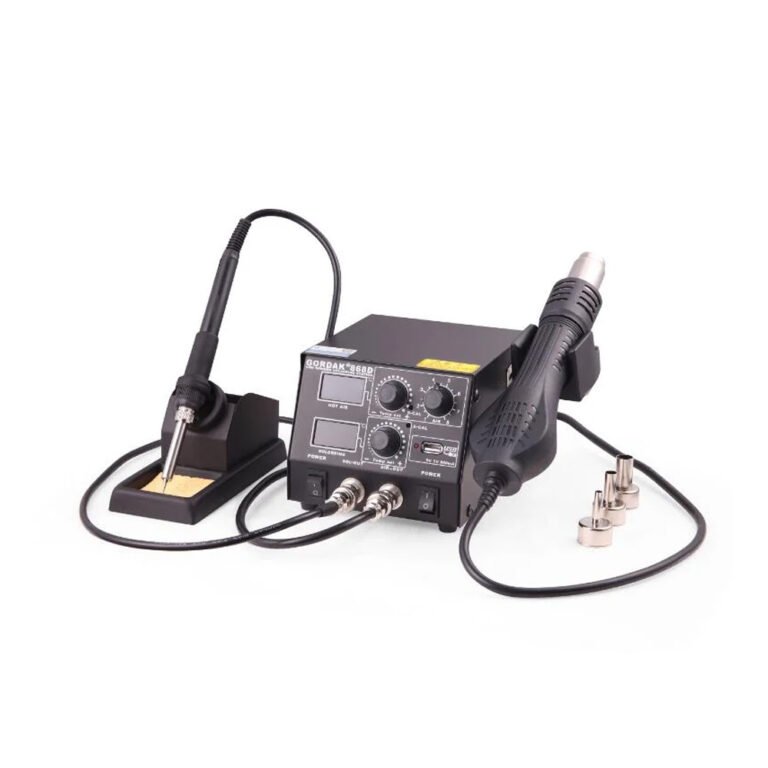Robot welding has rapidly gained popularity in the manufacturing industry over the past few decades. This technological advancement has revolutionized the way we approach welding processes and has significantly increased productivity and efficiency. With its ability to perform repetitive tasks accurately and consistently, robot welding offers several advantages over traditional manual welding techniques.

Enhancing Precision and Quality
One of the significant advantages of robot welding is its ability to deliver consistently high-quality welds. Unlike human operators, robots do not suffer from fatigue or distractions, ensuring that each weld is performed precisely according to pre-configured specifications. This level of precision helps eliminate defects, reduce scrap, and ensures a high degree of product consistency.
Increasing Efficiency and Productivity
Due to their remarkable speed and accuracy, robots can significantly increase the speed and productivity of welding processes. They can work continuously without the need for breaks or shifts, leading to increased production output. Additionally, robots can perform welds at a faster pace than manual operators, ultimately reducing manufacturing lead times and enabling businesses to meet tighter deadlines.
Ensuring Worker Safety
Robot welding plays a vital role in ensuring the safety of human workers. By taking over hazardous welding tasks, robots protect workers from potential exposure to harmful fumes, intense heat, and flying sparks. This technology allows companies to comply with strict safety regulations and improve the overall working conditions for their employees. With robots handling the most dangerous aspects of welding, workers can focus on more skilled and intricate tasks that require human expertise.
The Future of Robot Welding
While robot welding has already made significant strides, there is still room for further advancement. The integration of artificial intelligence (AI) and machine learning algorithms in robotic systems will enable them to adapt, learn, and improve their welding techniques over time. This will result in even greater precision, efficiency, and productivity. The use of sensors and vision systems will also allow robots to detect and correct any deviations during the welding process automatically.
Moreover, collaborative robots, also known as cobots, are emerging as a promising development in the field of robot welding. These robots can work alongside human operators, enhancing the efficiency and flexibility of welding operations. Cobots can be easily programmed, making them ideal for small batch productions and frequent product changes.
In conclusion, robot welding has transformed the manufacturing industry, providing superior precision, enhancing efficiency, ensuring worker safety, and offering a glimpse into a future where robots and humans collaborate seamlessly. With continuous advancements in technology, robot welding will continue to evolve and play a crucial role in shaping the future of manufacturing.
Welding & Related Processes
The Advancement of Robot Welding in the Manufacturing Industry
Welding Deformation and Residual Stress Prevention
What is the difference between welding and soldering



